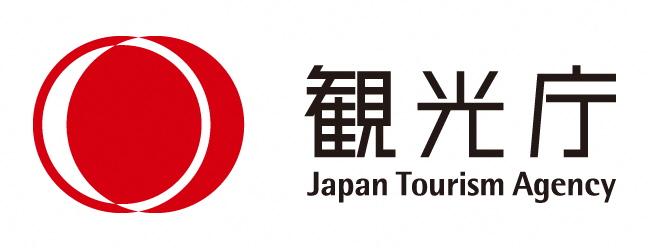NO 004
Kisomon Gate
貴惣門
(251-500 words, Web)
The large and intricately decorated Kisomon Gate is the main entrance to Menuma Shodenzan Temple. It was constructed in 1851 and is the first of three gates that visitors pass through. The wooden gate is over 13 meters tall and supported by eight pillars. The two-tiered roof is distinguished by the unusual feature of three overlapping gables, which protect the carvings beneath from wind and rain.
Masterful carvings and ancient stories
Detailed, three-dimensional carvings decorate the eaves and lintels on all sides of the gate. Fearsome dragons—each with a distinctive facial expression—break through waves on the east and west sides, and lions frolic among peonies on the north and south sides. The pairing of lions and peonies was a common motif in art of the Edo period (1603–1867) and is derived from a Buddhist teaching that warns of the dangers coming from inside ourselves. Even the powerful lion is susceptible to tiny parasites, and it was thought that the dew of the peony could protect the lion by killing these parasites, much as the Buddha offers protection.
Protecting the temple
On either side of the gate, there is a statue of one of the Four Heavenly Kings, guardians of the cardinal directions. On the left is Jikokuten, lord of the east and guardian of the nation. On the right is Bishamonten, lord of the north and guardian of Buddhist law. Each fearsome figure is depicted stepping on a demon.
A gate built by the community
The wood carvings on the Kisomon Gate are unpainted, reflecting the economic hardship of the country during the final years of the Edo period which led the ruling Tokugawa shogunate to restrict the use of decorative finishes. The gate was built with donations from the local community, and the names of donors are inscribed on small wooden tablets placed among the carvings. It was constructed by a descendant of master carpenter Hayashi Masakiyo (1678–1753), who supervised construction of the ornately decorated main hall around 100 years earlier. The Kisomon is designated an Important Cultural Property.
Kisomon Gate
貴惣門
(251-500ワード、WEB)
複雑な装飾が施された大きな貴惣門が、妻沼聖天山と呼ばれる寺院の境内入口の門です。1851年に建設され、3つある門のうち最初にくぐる門です。この木造の門は高さ13メートルを超え、8本の柱で支えられています。二層式の屋根は3枚の切妻が折り重なった特徴的なもので、その下にある彫刻を雨風から守っています。
卓越した技能の彫刻と古代の物語
門の四方の軒とまぐさには、複雑で立体的な彫刻が施されています。東側と西側では波を蹴立てる恐ろしい竜が描かれており、それぞれ異なる表情を見せています。また、北側と南側では、牡丹の花々の上を飛び回る獅子が描かれています。牡丹に獅子という組み合わせは、江戸時代(1603~1867年)の芸術にみられる一般的なモチーフで、危険は内側からくるものであるという仏教の教えが由来しています。強い獅子でさえも小さな寄生虫の影響を受けることがあり、牡丹の朝露がその寄生虫を殺すことで獅子を守ってくる薬、つまり仏教と考えられていました。
聖天堂の守護神
門の両側には、基本方位の四神、四天王のうちの1天の像が立っています。左側の像は、東勝身洲を守護する持国天です。そして右側が、北倶盧洲と仏法を守護する毘沙門天です。これらの恐ろしい像は、それぞれ邪鬼を踏みつける姿で表現されています。
地元の人々が建てた門
貴惣門の木製彫刻には塗装が施されておらず、江戸時代終わり頃の経済困難が反映されています。当時の徳川幕府下では、装飾仕上げの使用が制限されていました。貴惣門は地元の人々からの寄付金で建てられており、寄付者の氏名は彫刻にはめ込まれた小さな絵馬に刻まれています。貴惣門の建築は名工林正清(1678~1753年)の子孫によるもので、林正清はその100年ほど前に本殿の細かな装飾の建築を監督した人物です。貴惣門は、重要文化財に指定されています。

- ※この英語解説文は観光庁の地域観光資源の多言語解説整備支援事業で作成しました。






